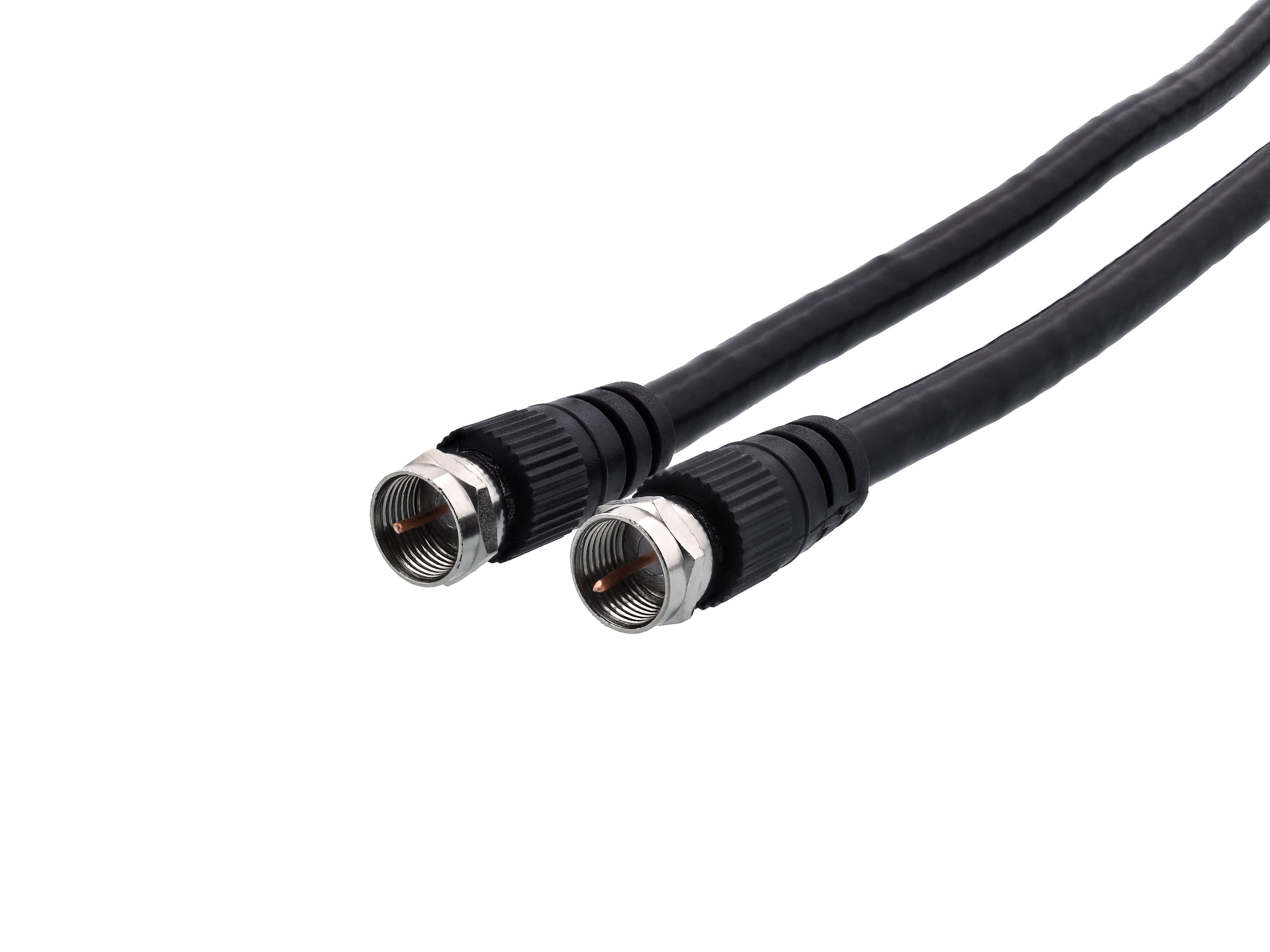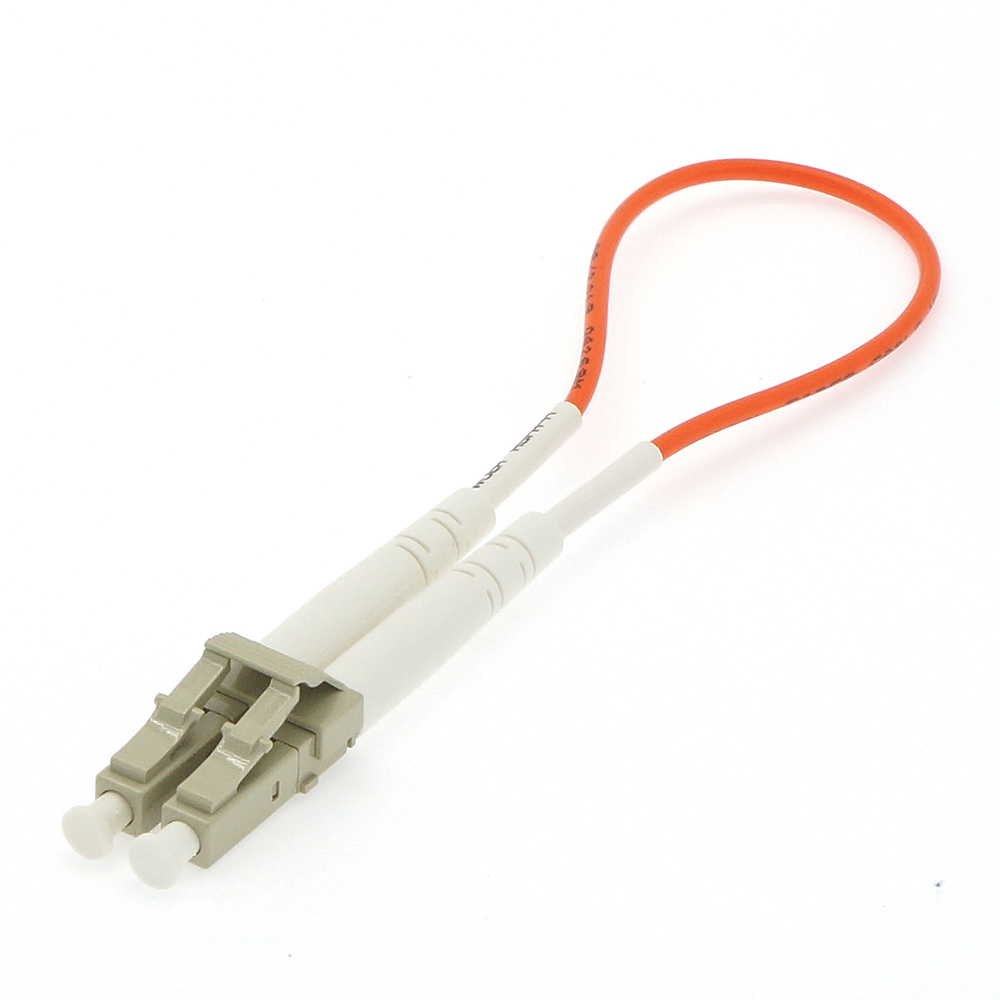
We tend to use the lower-loss cable since it's not much more expensive and readily available. I think in many cases RG-59 would work just as well as RG-6. A DBS installer will use cheaper cable where the reliability of the system (or lack of it) won't impact more than one customer, whereas a CATV system installer will likely opt for the more expensive materials where reliability of the system will impact a greater number of subscribers. A lot of the added cost in premium products/services comes in terms of materials and techniques used to improve performance consistency and reliability in a variety of conditions.

Does that mean that they won't work? No, or else they couldn't be used. DBS installations are indeed "consumer grade" and cheaper materials are often used. That shouldn't be any surprise to anyone given the highly competitive, low margin nature of the business these days. One common compromise is the quality of components used vs. We had a thread about this some time ago, and IIRC, it boiled down to "consumer grade" vs. Of course I havent kept track of that particular customer, and have no idea how the system is working today. I'm not a big fan of the flat cables(seems to me those things are worse than the -59), so I just use what's there. I have had to use existing cable in apartment installs that were wired with the 75 ohm -59 because the Apartment Management would not allow any holes to be drilled or any new cables to be ran. For that matter, what, exactly, is the difference in 75 ohm RG-59 and 75-ohm RG-6? besides the 2150 mhz swept tested bs, what would happen if, for instance, you did run a dual tuner dvr with RG-59, that was only swept tested to 1800? The center conductor is the same size, but the dialectric shielding is slightly smaller. I suppose it's good enough for for this type of thing, considering the entire system is cheap and designed for economy rather than durability. So I guess it's ok that nearly every satellite system installation out there is ran with cheap cable? I know I can't afford Belden. EDIT - I agree with Mike500 that RG-6/U (and ALL coax for that matter) is unbalanced, but that is not what the /U means.Ĭlick to expand. As Iceberg noted, quad shield is usually marked as such, and it is also designated as such, e.g., RG-6/UQ. Here is a link to some information on the numbering scheme: See also this topic in Wikipedia for another explanation, then follow the "coaxial cable" link in that article to get to a specific listing of RG type cables. Thus using just RG-6 essentially means that the cable in question somehow deviates from the original /U (or /A, /B, etc.) specification in some manner. So RG-6/U meant something specific as to construction and specifications. The "slash" number is a type designation, and that suffix came from the original, now obsolete, military "slash sheets". RG-6 is a generic term, and is best interpreted as "sort of like". EDIT - I agree with Mike500 that RG-6/U (and ALL coax for that matter) is unbalanced, but that is not what the /U means.

So RG-6/(letter) meant something specific as to construction and specifications.



 0 kommentar(er)
0 kommentar(er)
